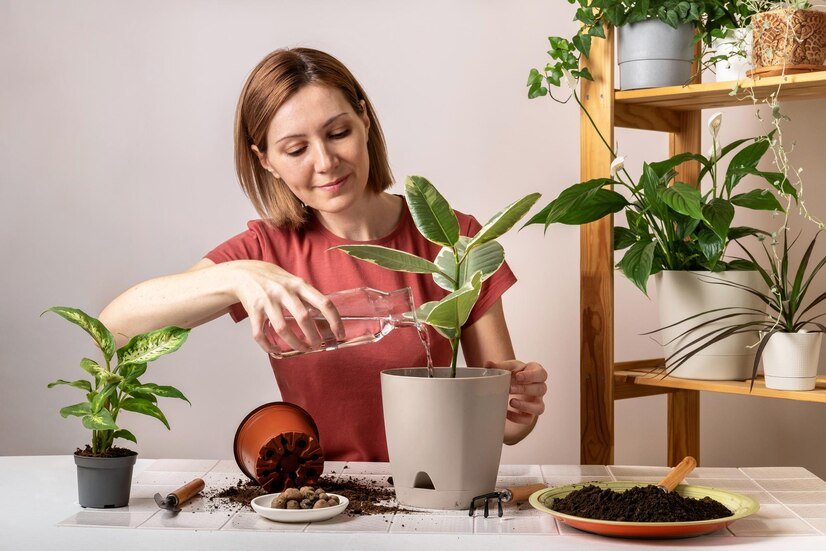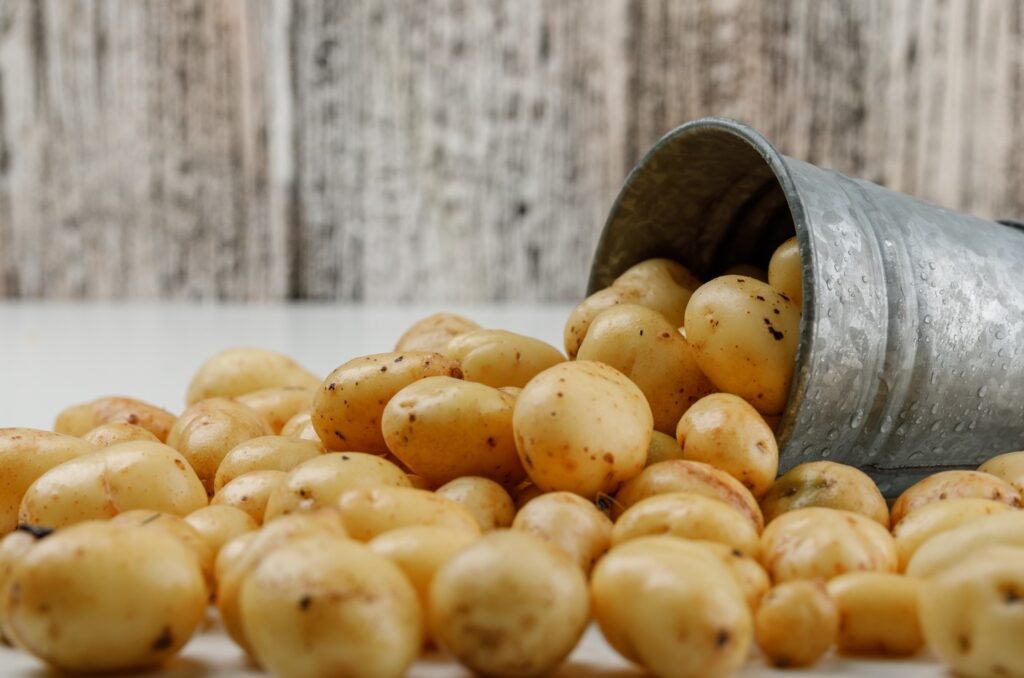
Growing Potatoes in Pots
Potatoes are a staple crop many enthusiasts love cultivating. But what if you need a large garden or outdoor space? Fear not! Pot planting is versatile, so you can grow potatoes on your patio or balcony. In this guide, we’ll walk you through everything you need to know about growing potatoes in pots.
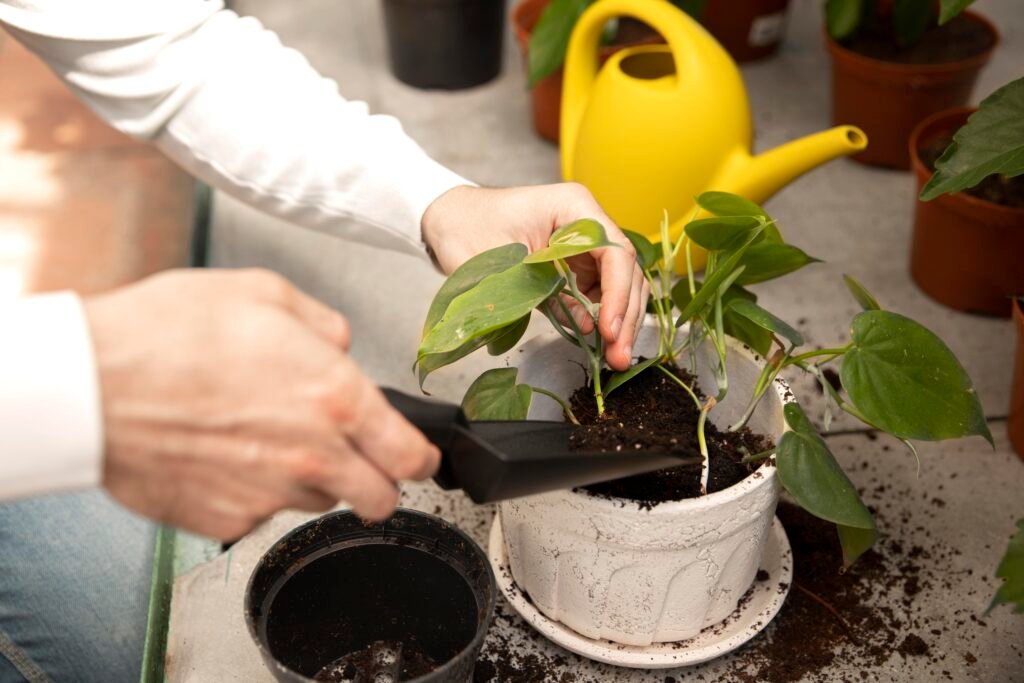
Selecting the Right Pot
The first step in growing potatoes in pots is choosing the correct container. Opt for a 12-16 inches deep pot to accommodate the potato plant’s root system. Additionally, ensure the pot has proper drainage holes to prevent waterlogging, which can lead to root rot. Plastic or ceramic pots work well, but avoid metal containers, as they can heat up quickly in the sun.
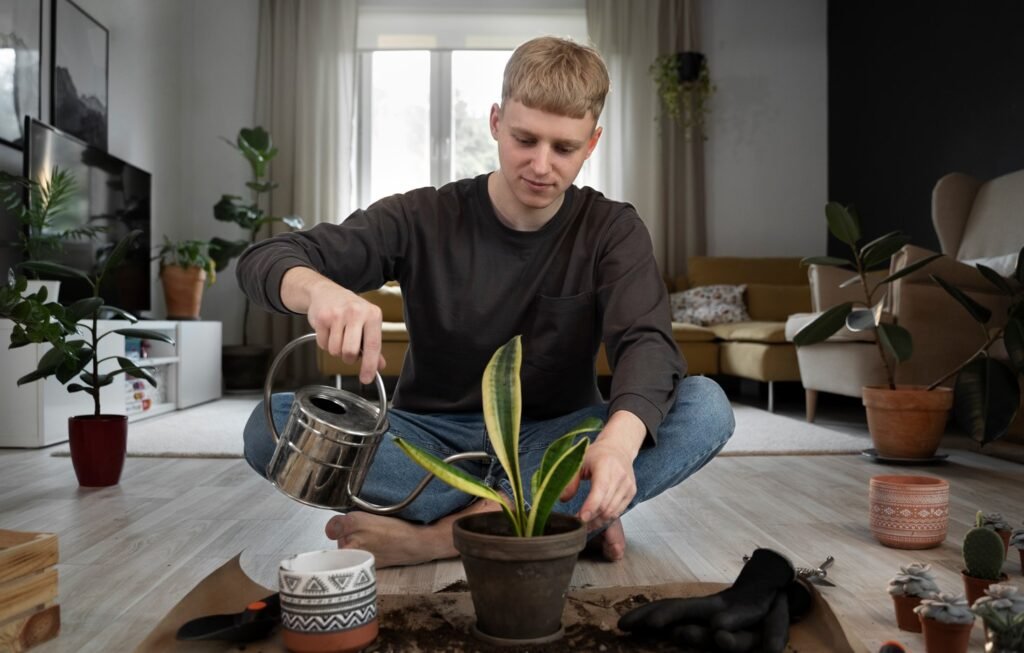
Potatoes are a staple crop many enthusiasts love cultivating. But what if you need a large garden or outdoor space? Fear not! Pot planting is versatile, so you can grow potatoes on your patio or balcony. In this guide, we’ll walk you through everything you need to know about growing potatoes in pots.
Preparing the Pot
To get your potato plants off to a great start, begin by prepping the pot. Fill it with nutrient-packed soil, opting for a blend of potting soil and compost for optimal growth. Ensuring the soil is airy and drains well is crucial, as this encourages robust root development. Enhance drainage further by laying down a layer of gravel or small rocks at the bottom of the pot. With these steps, you’ll set the stage for flourishing potato plants in no time!
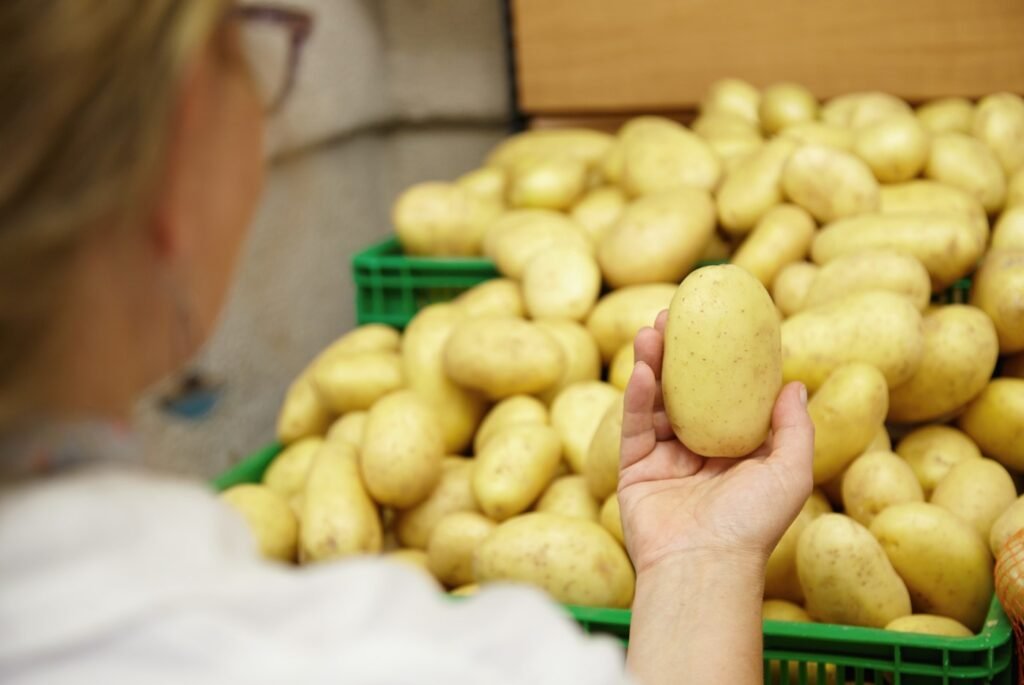
Choosing the Right Potatoes
Not all varieties are created equal when selecting potatoes for pot planting. When seeking the best potatoes for planting, prioritize certified seed potatoes from a trusted supplier. Varieties like Yukon Gold, Russet, and Red Pontiac are well-suited for container gardening. Cut larger seed potatoes into pieces, ensuring each piece has at least one or two eyes.
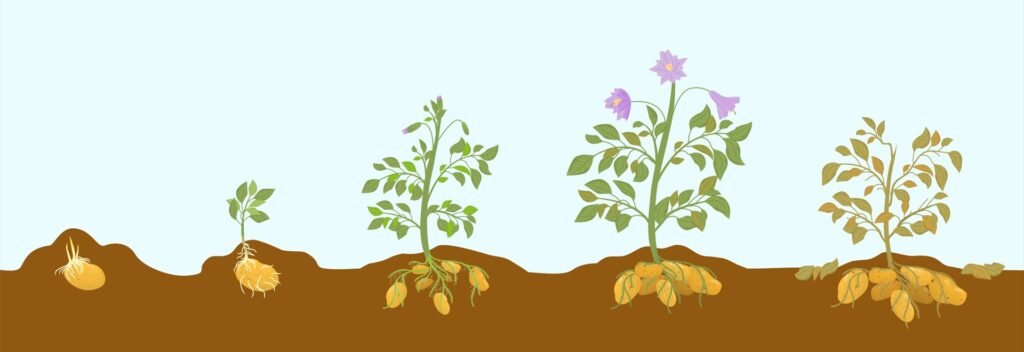
Planting Process
Now, it’s time to plant your potatoes. Begin by adding a few inches of soil to the bottom of the pot. Place the seed potatoes evenly spaced on the soil, with the eyes facing upwards. Cover the potatoes with a few more inches of soil, leaving about an inch space between the soil surface and the pot’s rim. Water the soil thoroughly after planting to ensure proper hydration.
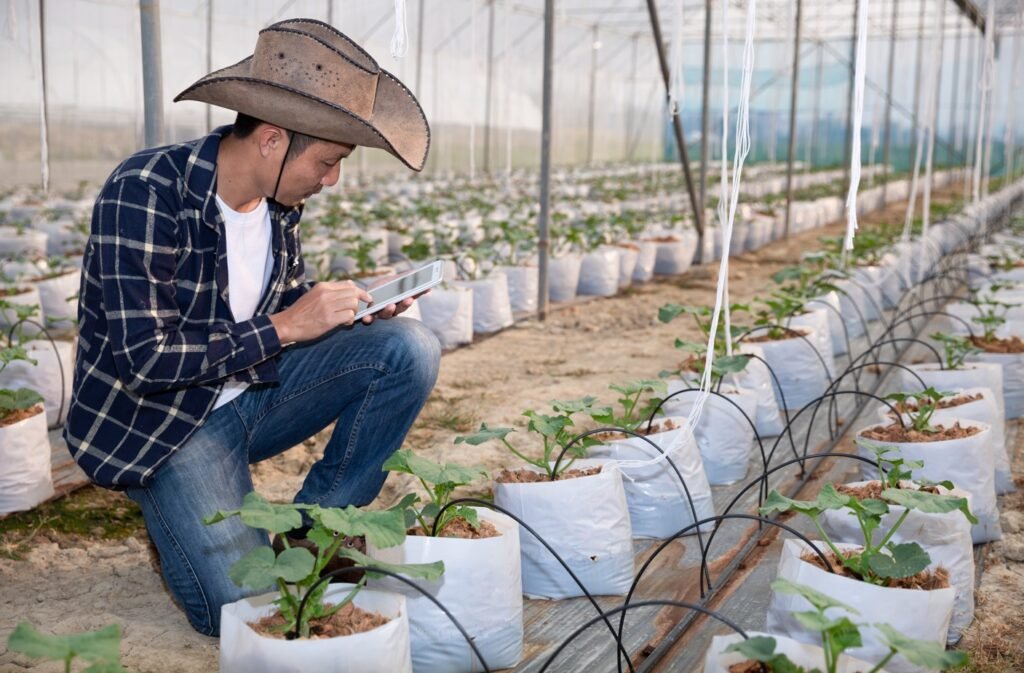
Maintenance and Care
Proper care and maintenance are crucial after planting your potatoes. Water the plants regularly to keep the soil moist, ensuring it’s damp but not soggy. Position the pot in a sunny spot since potatoes flourish in full sunlight. Boost their growth by fertilizing them every few weeks with a balanced fertilizer. These steps will nurture your potato plants for healthy development.
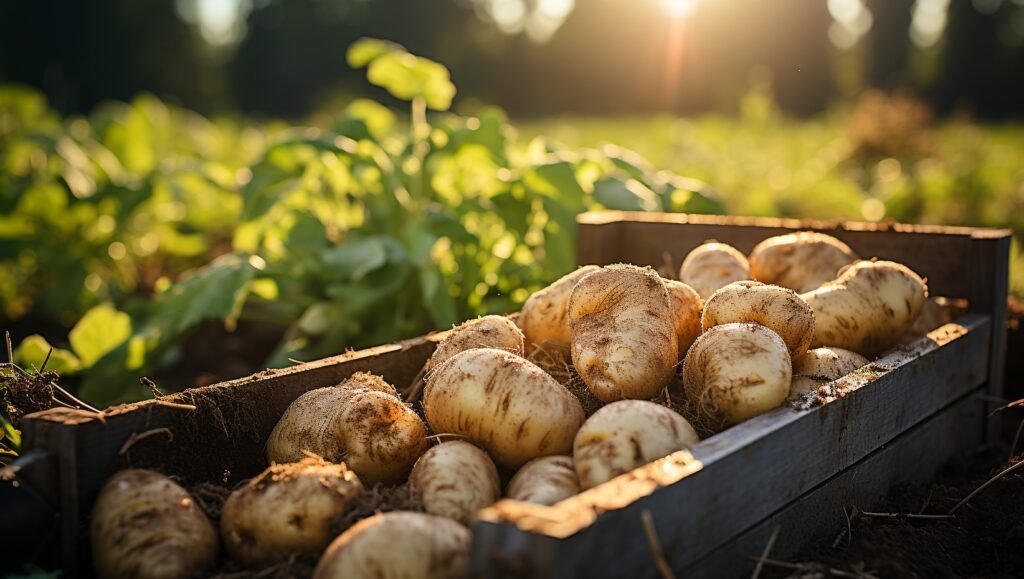
Harvesting
As the potato plants grow, you’ll notice them flowering and producing foliage. When the foliage begins to turn yellow and die back, it’s a sign that the potatoes are ready to harvest. Gently excavate around the plant’s base to uncover the potatoes. Be gentle to avoid damaging the tubers. Allow the harvested potatoes to cure in a cool, dark place for a few days before enjoying them.
Conclusion
Growing potatoes in pots is a rewarding and straightforward way to enjoy this versatile crop, even with limited space. Following these steps and providing proper care, you can harvest a bountiful crop from your patio or balcony. So grab your pots and get planting—your future potato harvest awaits!
Pot t-planting potatoes is a fantastic way to enjoy fresh, homegrown produce regardless of your living situation. You can cultivate a thriving potato crop right on your doorstep with suitable containers, soil, and care. So why wait? Start pot-planting potatoes today and reap the delicious rewards tomorrow.
Post Views: 442




